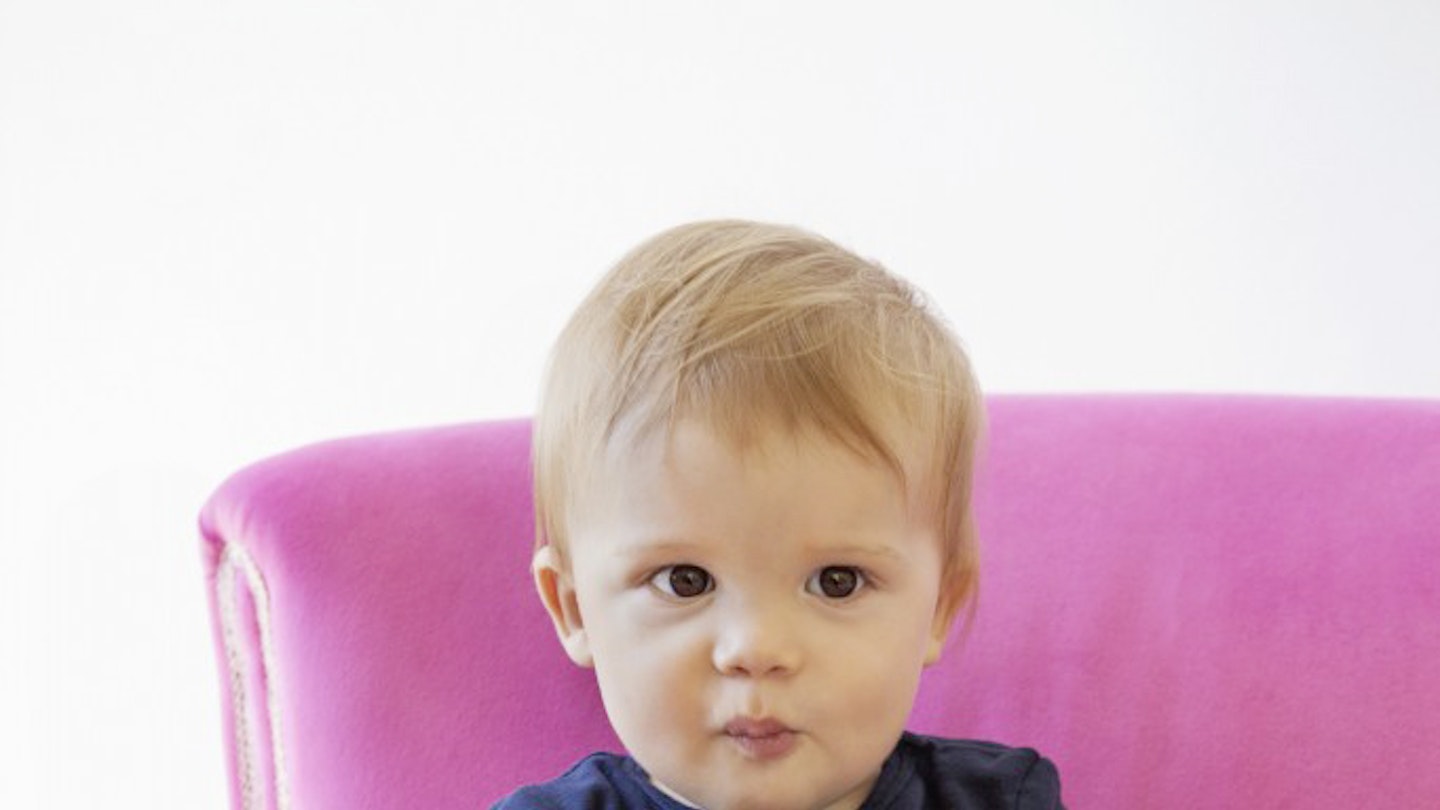Put on your chef’s hat and rustle up the perfect bottle of formula milk for your baby – after all, he deserves only the best
Making up your baby’s bottle isn’t as easy as you may think. It’s not simply a case of just mixing some formula with water, it has to be just so – the right measurements, temperatures and timings.
But it’s not something that you need to stress about, just follow seven easy rules that will make sure your baby has a safe feed every time. Simple, no?
1. Wash your hands
This is an absolute must to avoid any nasty bacteria transferring from your hands to your baby’s bottle. Get the anti-bac handwash at the ready.
2. Clean the feeding equipment
Before you make the formula, make sure you clean and sterilise the bottle and teat properly again to get rid of any bugs.
3. Get the temperature right
Boil water in your kettle and then let it cool to 70°C (use a thermometer to check) – this temperature will kill any bacteria lurking around. At this point mix in the formula powder and then let it all cool.
Check it’s not too hot for your baby by putting a few drops on your wrists, it should feel warm, not hot.
4. Get the amount right
You don’t want your baby to get to constipated or dehydrate your baby, so use only the amount of powder that is recommended on the packet – you don’t need any more or less than that.
5. Don’t add any extras
If your baby is weaning, don’t add any sugar or cereal to his bottle. It won’t mix well and won’t do his tummy any good, either.
6. Avoid the microwave
The microwave should be a no-go area when it comes to your baby’s food. Heating up the formula in this way may leave ‘hot spots’ that burn your baby’s mouth.
7. Don’t make too much
Although it’s a bit of pain making bottles throughout the day, you should ideally only make up enough formula for one bottle at a time.
If you keep bottles for hours on end, even in the fridge, then bacteria can multiply.
Likewise, if your baby doesn’t drain the bottle then throw away the remains – it might seem like a waste but it saves him from getting an upset tum!
